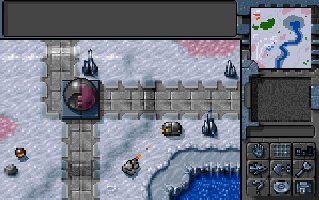And here we are, seven articles later. As I said, the original articles were written in 2004, but remain fairly startlingly relevant today – the RTT genre has undergone a massive renascence and is more popular than ever, but RTS games have sadly stalled and come up against flawed efforts such as Planetary Annihilation and Grey Goo.
As I also said,” This series is not intended in any way to denigrate other genres, or to insult game developers. It’s about broadening horizons and exploring possibilities”. I hope that the possibilities and concepts discussed in these articles will have given RTS developers ideas – and in fact I know they have, thanks to the TAUniverse.net forums, still a little active after all these years!



